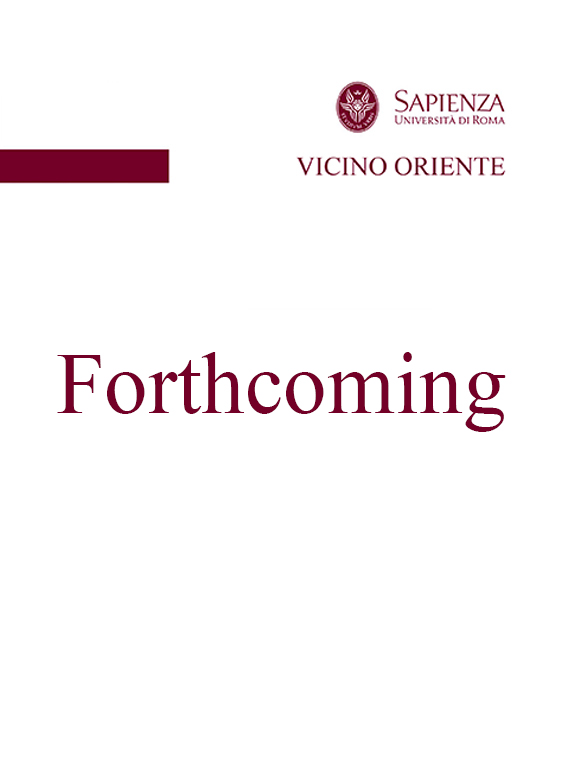Abstract
Since ancient times protection and defence of private spaces has been a fundamental human need. With the emergence and development of organized and increasingly complex communities, this need took shape in the construction of powerful defensive systems that demarcated the urban space and evolved with it. Throughout a selection of sites - illustrative of different defensive typologies - this paper examines the development and spread of fortified settlements in the Southern Levant, tracing the most significant changes - as well as the adoption of new construction models and techniques - that occurred from the end of the Late Bronze Age up to the advent of the Neo-Assyrian Empire. In such a historical setting, largely determined by the codes war and conquest, it is possible that the employed construction criteria were formulated in response to warfare and specific siege tactics. For these reasons, in addition with the analysis of defensive patterns, the role of Assyrian warfare as an impetus for the use of new techniques is also addressed

Questo lavoro è fornito con la licenza Creative Commons Attribuzione - Non commerciale - Non opere derivate 4.0 Internazionale.
Copyright (c) 2024 VICINO ORIENTE

